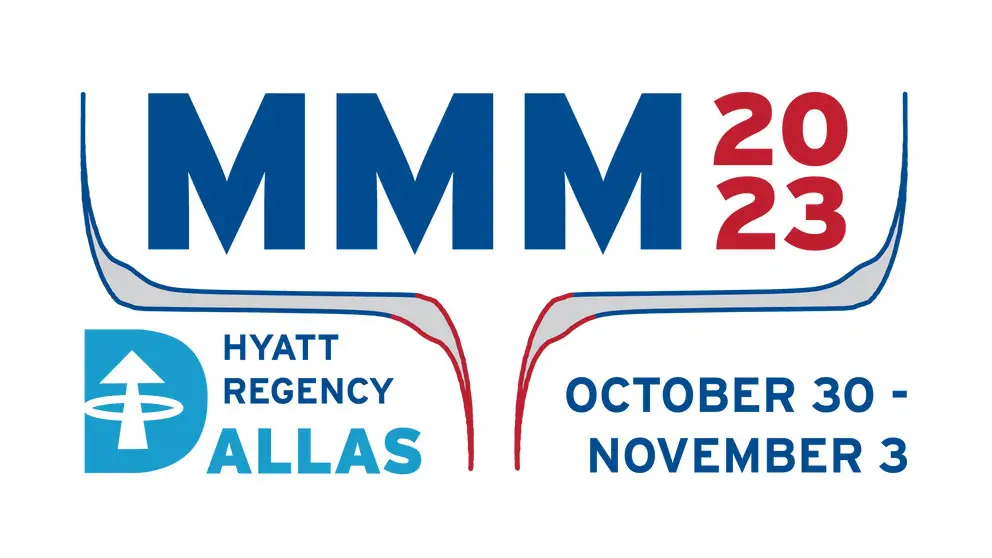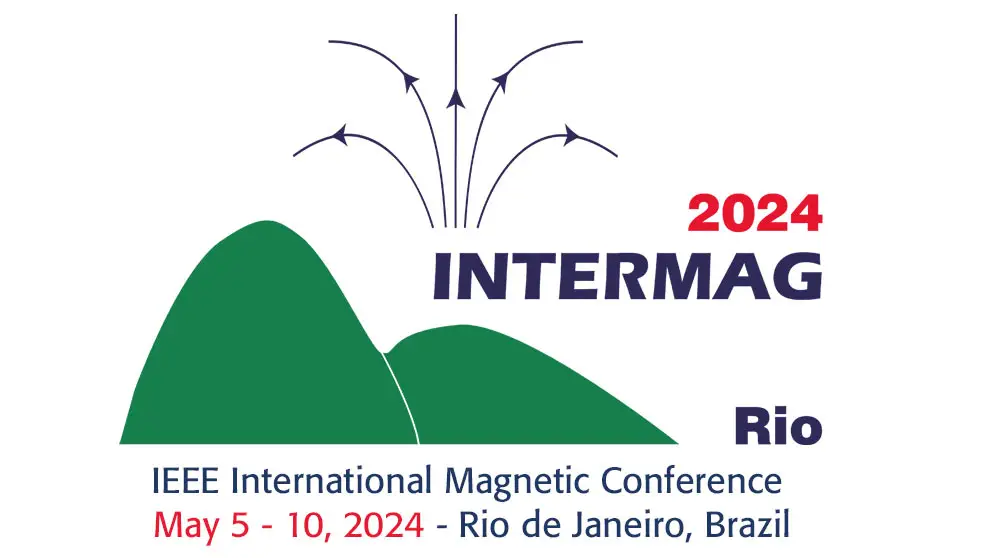Poster In-Person
03 Nov 2023
There is a global effort to decarbonize the transportation sector in which transportation electrification plays a very critical role. Development of sustainable technologies in the energy storage and drive-train aspects of electric vehicles (EVs) is required for transport electrification. Permanent magnet (PM) motors are preferred for electric vehicles but often require Nd-Fe-B magnets [1] which are prone to supply disruption, hence poses a long-time sustainability challenge. Although efforts have been made to replace some (or all) of the Nd-Fe-B magnets with the cheap and abundant ferrite/other low-performing magnets [2-3], success has been limited because it can affect the performance of the energy storage devices which is often not acceptable to manufacturers. However, a compromise in magnets strength will not only affect the energy consumption of the system but also the battery’s efficiency and its lifetime in the long run. Thus, this work offers a modeling approach to study the effects of PM performance on the energy storage device in an EV. A computationally efficient model is developed for simulating the performance of the PM motor (drivetrains) and battery (energy-storage) systems in terms of the state of charge (SOC) of the battery and total energy consumption in a drive cycle. A schematic of the modeling approach is shown in Fig. 1 with the interaction between the two systems. The magnet properties, particularly remanence/recoil permeability, are varied with fixed coercive field in a permanent magnets motor and evaluate its performance in terms of efficiency using a finite element analysis. A permanent magnet motor with rating/performance equivalent to Nissan-Leaf-2012 and the vehicle parameters from [4] are considered in this analysis. To evaluate the magnets performance in an EV, a standard drive cycle (UDDS, here) is used for computing total energy consumptions and SOCs (Fig. 2) with two PMs with Br (1.1 T and 0.8T). This research was supported by the Critical Materials Institute, an Energy Innovation Hub funded by the U.S. Department of Energy, Office of Energy Efficiency and Renewable Energy, Advanced Materials and Manufacturing Technologies Office.References: [1] V. T. Buyukdegirmenci, A. M. Bazzi, and P. T. Krein, “Evaluation of Induction and Permanent-Magnet Synchronous Machines Using Drive-Cycle Energy and Loss Minimization in Traction Applications,” IEEE Trans.Inds. App., vol. 50, pp. 395-403, 2014. [2] A. P. S. Baghel, and I. C. Nlebedim, “A Hybrid Rotor Design with Reduced Rare Earth Magnet for Traction Motors,” JOM, vol. 75, pp. 557-565, 2022. [3] Y. Chen, T. Cai, X. Zhu, D. Fan and Q. Wang, "Analysis and Design of a New Type of Less-Rare-Earth Hybrid-Magnet Motor with Different Rotor Topologies," IEEE Transactions on Applied Superconductivity, vol. 30, pp. 1-6, 2020. [4] K. N. Genikomsakis and G. Mitrentsis, “A computationally efficient simulation model for estimating energy consumption of electric vehicles in the context of route planning applications,” Transport. Res. Part D: Transp. Environ., vol. 50, pp. 98-118, 2017.


